Don't let depression hold you back.
WITH TMS THERAPY, A FUTURE FREE FROM DEPRESSION IS POSSIBLE WITHOUT ANTIDEPRESSANTS AND THEIR SIDE EFFECTS.
Non-invasive, FDA-cleared
Safe & Effective
Covered by Most Major Insurances
Available now at TMS Solutions Official
COVERED BY INSURANCE
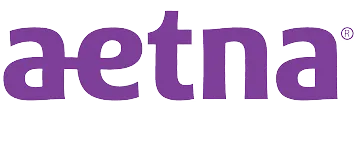

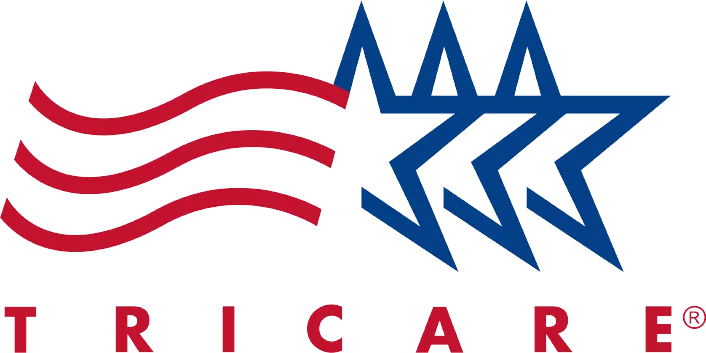
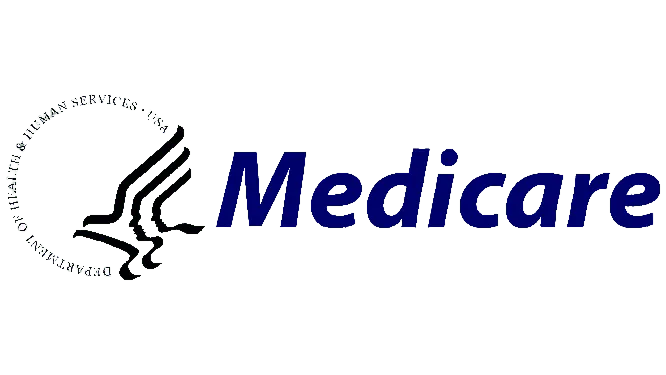


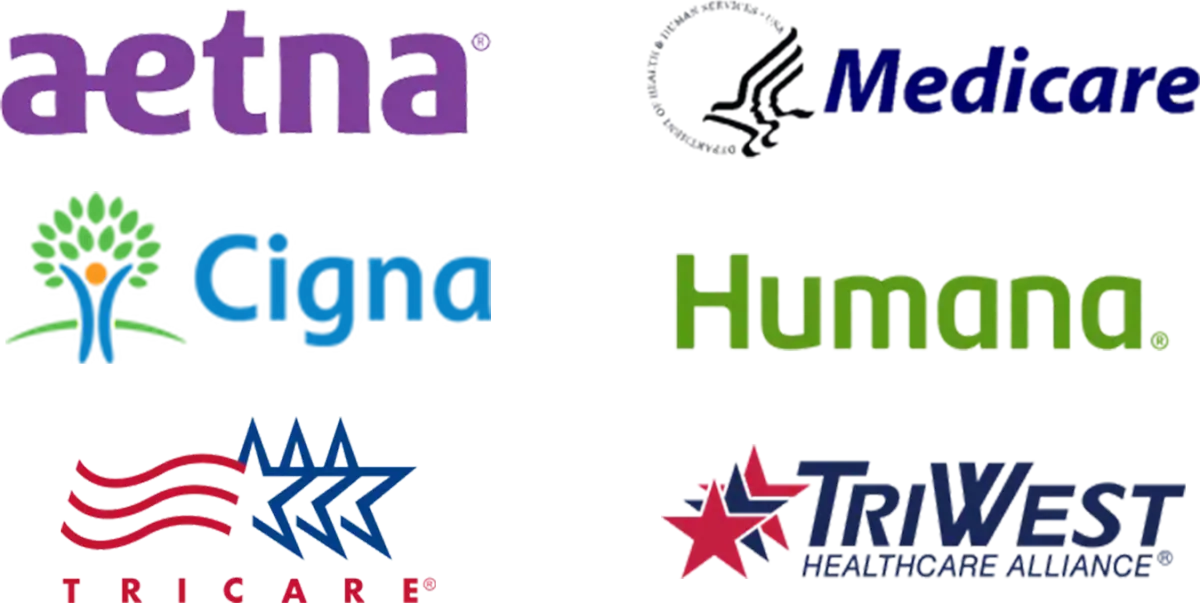
TRUSTED BY

HERE'S WHAT PATIENTS SAY
AFTER THEIR TMS THERAPY TREATMENT
WHAT IS TMS THERAPY?
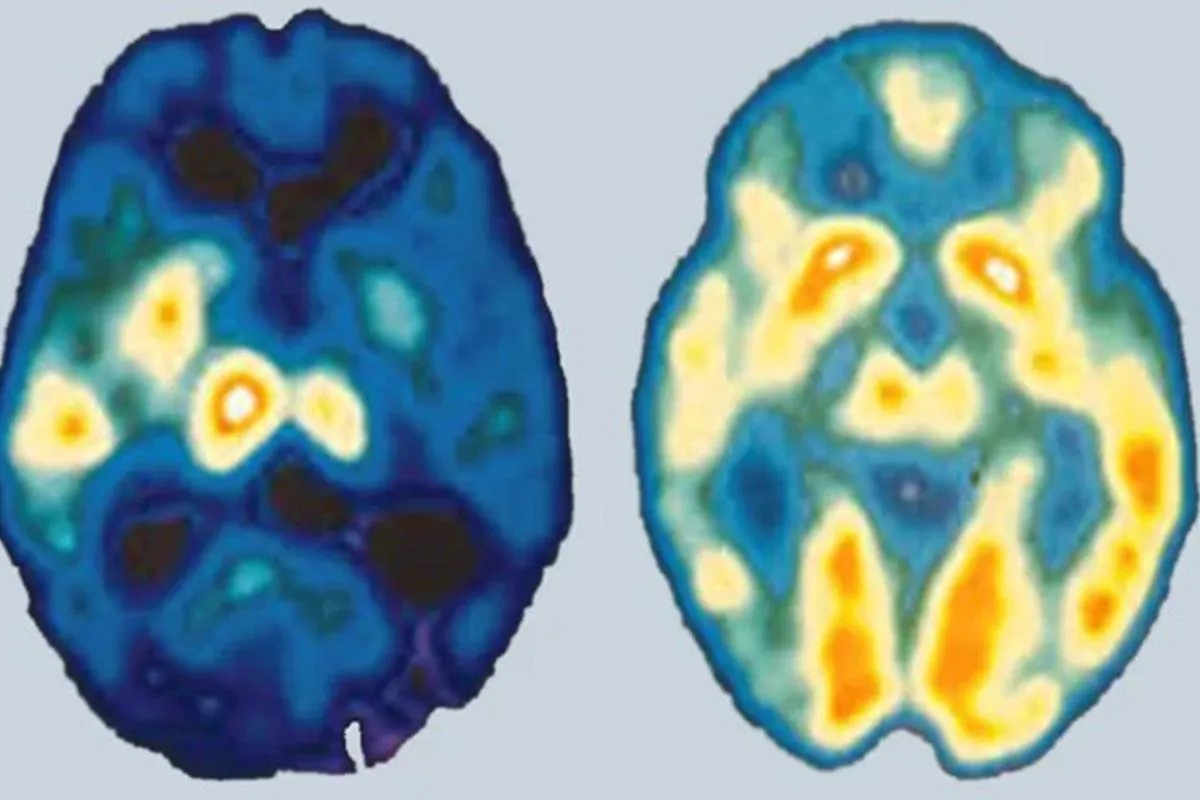
L I Depressed Brain R I Non-Depressed Brain
L I Depressed Brain R I Non-Depressed Brain
WHAT IS TMS THERAPY?
WORLDWIDE, MILLIONS OF PEOPLE HAVE FOUND RELIEF WITH TMS.
Transcranial Magnetic Stimulation or TMS delivers quick magnetic pulses to the area of the brain thought to regulate mood, to stimulate neurons in the brain to improve, or sometimes even eliminate, depression symptoms.
TMS therapy is drug-free, non-invasive, and non-systemic. No sedation or anesthesia is required, and most patients experience NO side effects.
HOW DOES TMS THERAPY AT TMS Solutions Official WORK?
People with depression have less electromagnetic activity in the brain than people without depression.
Using MRI-strength magnets, TMS Therapy gently stimulates the areas of the brain that regulate mood.
TMS stands for transcranial magnetic stimulation.
The Result: TMS Therapy treats the root cause by "reactivating" these areas in the brain, instead of masking symptoms with anti-depressants.
TMS Therapy is proven to be almost TWICE as effective than traditional anti-depressant medications.
SAFE
Cleared by the FDA in 2008, TMS is non-invasive and shown to provide relief from depression without negative side effects.
EFFECTIVE
73% of TMS Solutions' patients have symptoms reduced by at least 50%. Over 49% have received complete remission.
INSURANCE
TMS treatment is covered by most major medical insurance companies, Medicare, the VA, and in some states, Medicaid.

HOW DOES TMS THERAPY AT TMS Solutions Official WORK?
People with depression have less electromagnetic activity in the brain than people without depression.
Using MRI-strength magnets, TMS Therapy gently stimulates the areas of the brain that regulate mood.
TMS stands for transcranial magnetic stimulation.
The Result: TMS Therapy treats the root cause by "reactivating" these areas in the brain, instead of masking symptoms with anti-depressants.
TMS Therapy is proven to be almost TWICE as effective than traditional anti-depressant medications.
SAFE
Cleared by the FDA in 2008, TMS is non-invasive and shown to provide relief from depression without negative side effects.
EFFECTIVE
73% of TMS Solutions' patients have symptoms reduced by at least 50%. Over 49% have received complete remission.
INSURANCE
TMS treatment is covered by most major medical insurance companies, Medicare, the VA, and in some states, Medicaid.
WHY CHOOSE TMS SOLUTIONS?
"Witnessing for decades, but not understanding, individuals who suffered from Depression and other mental illnesses repeatedly try
antidepressants and other forms of treatment, only to become more depressed because the treatments they tried didn't work,
is what motivated me to learn everything available about TMS prior to starting what is now TMS Solutions, Inc.
Seeing the lives of those who suffer from debilitating depression transform in six weeks is the very thing that, in the beginning, fueled our battles
with insurance companies and Medicare to help over 30,000,000 people in the United States gain coverage for TMS.
Today, that same fervor drives our belief that everyone deserves access to an affordable and proven effective treatment option - TMS,
and it’s why push ourselves each day to advocate for our patients."
- Christopher Blackburn, Founder
2014
TMS Solutions has been treating patients with TMS since 2014
80,000+
TMS Solutions has administered over 80,000 treatments
2,000+
Access to over 2,000 primary care providers
ONLY
We are the only civilian TMS provider pre-qualified by the VA to treat veterans anywhere in the US
1 OF 10
1 of 10 TMS providers nationwide selected for the FDA adolescent clinical trial led by Mayo Clinic
PATIENT CENTERED
One-on-one technician to patient ratio, and end of treatment evaluations with a licensed provider
What Our Patients Are Saying About TMS Solutions Official

Self hate, suicidal thoughts, shame - gone. I want to be alive for the first time in my life. I am forever changed!
Cory ⭐⭐⭐⭐⭐

I feel significantly better. TMS has changed my life, and I don’t know where I would be without it.
Zachary ⭐⭐⭐⭐⭐

I feel amazing, like I can do anything! The change has been incredible. I am so positive and optimistic.
Sabrina ⭐⭐⭐⭐⭐
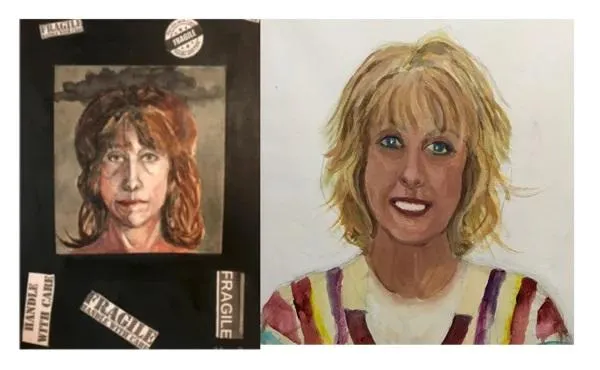
Self portraits by a TMS Solutions patient. Pre-treatment portrait (L) and post-treatment portrait (R).
READY TO LIVE A LIFE WITHOUT DEPRESSION?
At TMS Solutions Official, we are here to support you in the healing journey 😌
We are here to support you in the healing journey 😌
TMS THERAPY BENEFITS AT TMS Solutions Official
Non-Invasive
FDA Cleared
Not ECT (electroconvulsive therapy)
Can Drive to & from Treatments
Covered by Most Insurances
Hundreds of Published Studies
Results in as Little as 6 Weeks


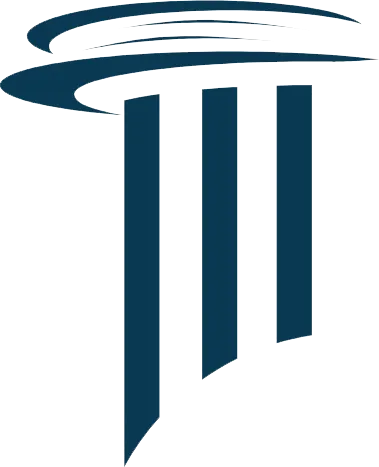
ABOUT TMS Solutions Official
TMS Solutions has seen firsthand the transformative effects of TMS and we are passionate about bringing this life-changing treatment to as many people suffering from depression as possible.
The following are the tenets our company was founded on.
SIX PILLARS OF TMS SOLUTIONS
SAVING LIVES | In the darkness of depression, TMS is a light that gives patients hope and the possibility of a renewed life.
CONNECTION | To stimulate healing, we create and improve connections, both neural and human. Together, they are stronger.
UNWAVERING PASSION | When passion meets purpose, anything is possible.
LEADERSHIP | By educating ourselves and becoming an authority in TMS, we are teaching providers and helping facilitate a movement toward progress and the growth of a new promise.
VETERAN ADVOCACY | Veterans fought to protect our freedoms. We fight to help them pick up the pieces so they may live their fullest, happiest life.
SPREAD THE MESSAGE | TMS therapy can help so many. By raising awareness for it, we are creating a new standard of care.
FAQ'S
What is TMS Therapy?
What is TMS?
Transcranial Magnetic Stimulation, or TMS, is a process that uses short magnetic pulses, similar to those used in an MRI, to stimulate neurons in the area of the brain known to regulate mood. This magnetic stimulation can have a positive effect on the brain’s neurotransmitter levels.
How does TMS work?
TMS treats depression at its source.
A patient sits in a chair similar to that in a dentist's office, and a paddle containing a magnetic coil is positioned over the left dorsolateral prefrontal cortex on a patient's head (the left side just above the forehead). That is the area of the brain known to affect mood. In depressed patients, that area is shown to be very non-responsive compared to non-depressed patients.
The coil transmits short magnetic pulses in rapid succession. The pulses travel approximately 1 inch into the brain, targeting and stimulating neurons, causing them to fire and release neurotransmitters. In a domino-like effect, this causes other cells to fire, in turn restoring normal function to the under-performing area of the brain.
Neurons are the brain’s messengers. They use naturally occurring electrical impulses and chemical signals, known as neurotransmitters, to transmit information between different areas of the brain. If the neurons aren’t working properly, also known as firing, the pathways become sluggish and a person can become depressed.
In simpler terms, it’s like a car that isn’t working properly. If the car can only go 45 mph in a 70 mph zone, it isn’t very efficient. It will get you where you need to go, but it will take longer, and many times, cause greater problems. When the car is fixed and working the way it should, it’s easier to get where you need to go.
IS TMS FOR ME?
Is TMS suitable for everyone?
TMS Therapy is for those who...
• Have been diagnosed with treatment resistant Major Depression Disorder (MDD)
• Have not benefitted from the use of antidepressants and/or had side effects from them
• Are searching for a non-invasive, drug-free depression solution
While TMS Therapy is a well-tolerated treatment, it is not for those who...
• Have a seizure disorder or a history of seizures
• Have been diagnosed with Bipolar Disorder or Schizophrenia
•Have any type of permanent ferromagnetic metal implant in or near their heads (with the exception of braces or dental fillings) or within twelve inches of where the coil is placed, including but not limited to
- Cochlear Implants
- Aneurysm clips or coils
- Stents in the neck or brain
- Implanted stimulators
- Cardiac pacemakers or implantable cardioverter defibrillator (ICD)
- Electrodes to monitor brain activity
- Metallic implants in your ears and eyes
- Shrapnel or bullet fragments in or near the head
- Facial tattoos with metallic or magnetic-sensitive ink
Failure to follow this rule could cause the object to heat up, move, or malfunction, and result in serious injury or death.
Prior to receiving TMS Therapy your doctor or psychiatrist will carefully screen you for the presence of medical conditions or metal objects which may make TMS either unsuitable or harmful.
Are there side effects?
TMS doesn’t hurt any more than holding a magnet in your hand hurts. Because it is non-systemic and non-invasive, there are no injections, anesthesia, or sedation - nothing is circulating through your bloodstream.
The most common side-effect is discomfort from the paddle vibrating against your scalp. Modifications can be made to reduce that discomfort and it usually subsides after the first week.
Because TMS therapy is non-invasive, you are awake and alert throughout your sessions, and are free to listen to music or an audio book or read during your treatment.
How long is treatment?
TMS Therapy is an outpatient treatment that takes place in one of our clinics. Though not as common, it is possible to receive TMS at a hospital that offers the treatment.
FDA protocol for TMS therapy is 30 treatments, which are typically performed five days a week for six weeks. We have found it important to administer treatments back-to-back and provide weekends off for a breather. Depending on insurance coverage, additional sessions, called taper sessions may be included and can be stretched over two to three weeks.
While each appointment is approximately 45 minutes, part of that time is spent calibrating the machine for the patient’s protocol. The actual treatment is about 37 minutes long.
TMS VS. OTHER METHODS OF TREATMENT
TMS vs. Antidepressant Medications
The main differences between TMS Therapy and antidepressant medications include:
• Antidepressants are systemic, meaning that the medicine enters the body and blood stream.
• TMS is non-systemic and drug-free.
• Like many drugs, antidepressants have numerous side effects such as insomnia, blurred vision, dry mouth, fatigue, weight gain, nausea, GI distress, diarrhea, sedation, lack of emotion, and sexual dysfunction.
• Some TMS patients have experienced a headache or scalp sensitivity at the treatment site. These symptoms usually subside within the first week of treatment.
• TMS is usually prescribed when antidepressants fail, or the side effects are intolerable.

TMS vs. Spravato
SPRAVATO: For depression, keta is administered at low doses. The most commonly reported side effects are elevated heartbeat, nausea, slight muscle tremors, and hallucinations. They don't usually last longer than 4 hours after treatment.
Keta also has some interactions with certain psychiatric medications, so you may not be able to continue taking current medications if you start keta therapy.
TMS: The most common side-effect of TMS is discomfort from the paddle vibrating against your scalp. Modifications can be made to reduce that discomfort and it usually subsides after the first week. Because TMS is non-systemic, there are no drug interactions, so it’s safe to continue your current antidepressants or other medications during treatment.
TMS vs. ECT
TMS
1. TMS uses short pulses of a magnetic field (similar to an MRI) to stimulate nerve cells in the brain.
2. Typically 30-36 sessions, five days a week, over a six-week period.
3. Considered a first-level of treatment, a Psychiatrist prescribes TMS when previous attempts at treating depression with medications have produced unsatisfactory results.
4. Treatments are non-invasive and don't require anesthesia or sedation. You can drive yourself to and from appointments which take place in a doctor's office or clinic.
5. Treatment costs $400-$700 per session or $7,600-$21,000. Because every insurance is different, TMS Solutions runs a Benefits Investigation for each patient.
6. Currently, all insurers cover treatment, including Medicare and TriWest-VA.
7. Scalp irritation and headaches can possibly occur for the first week. Very rarely, seizures have been reported.
8. Over 73% of patients have symptoms reduced by more than 60% reduction in symptoms; over 49% of patients receive complete remission.
9. Patients may need occasional maintenance treatments and may be able to reduce or discontinue medication upon their Physician's approval.
10. A long-term study showed that one year after TMS Therapy, 69% of patients showed an improvement in symptoms and 45% of patients reported complete remission.
ECT
1. ECT, formerly known as shock therapy, uses an electrical current to create a therapeutic seizure, which causes a dramatic reset of the brain.
2. Typically 10 sessions, two-three times a day, over a four-week period. The first three sessions require hospitalization.
3. A psychiatrist prescribes ECT when previous attempts at treating depression have produced unsatisfactory results, the depression is serious, a patient is possibly suicidal, or nothing else works.
4. Treatments require anesthesia and muscle relaxants, and a patient is hospitalized for the first three treatments. Transportation to and from each session has to be arranged , as patients require 2-3 hours to recover.
5. Treatment costs $2,500 per session or $25,000, plus one week of hospital care, which is not included. (Answers.com estimates $50,000 for one week in the hospital).
6. Most insurers cover the treatment.
7. Headaches, muscle aches, cognition issues, short-term memory issues, possible long-term memory loss, and in some cases, possible improvement in memory.
8. The initial efficacy is 50% to 80%.
9. Patients may need maintenance treatments and antidepressant drug therapy is usually continued.
10. About 64-84% of patients who initially responded to treatment relapsed within six months.
Get Your FREE TMS Therapy Consultation at TMS Solutions Official or Give Us A Call Today
Please fill out this confidential form so that we can initiate an investigative report to determine your current insurance plan's exact Cloud TMS Therapy benefits. One of our team members will reach out.
RESOURCES
National Suicide Prevention Lifeline
Dial 988 | 💬 Click to Chat
TMS + You Online Community
A National TMS Patient Advocacy Site
LOCATIONS
Colorado
Idaho
Utah
Washington
Copyright © 2025 | Privacy Policy | Terms & Conditions


